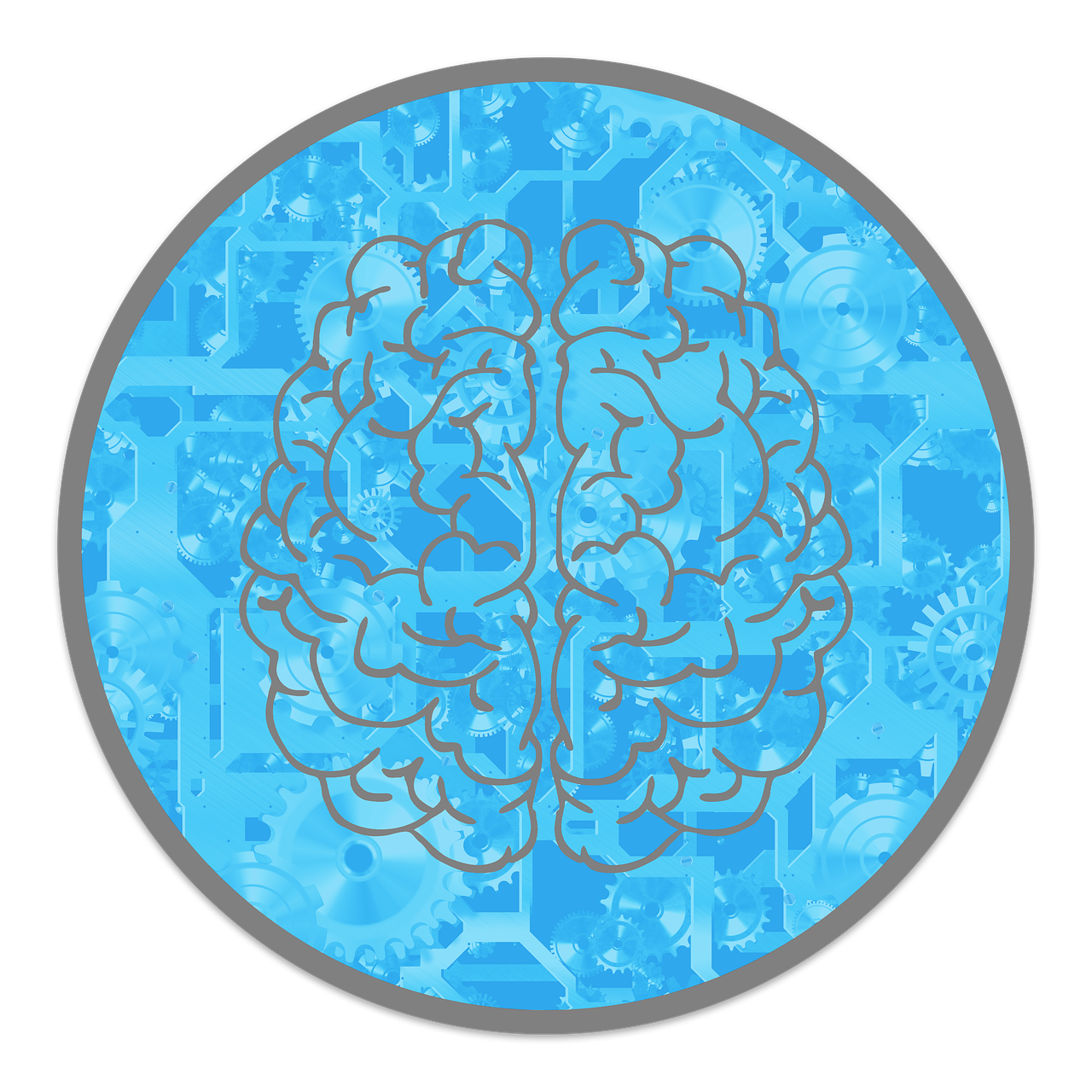
Alzheimer’s now affects over 55 million people worldwide.
In 2024, scientists made real progress—think clearer brain scans, better drug trials, and new treatments that actually show promise.
It’s a big deal, like finally seeing hints of light at the end of a long tunnel. For families dealing with this, that hope matters.
The Current Landscape of Alzheimer’s Research
Alzheimer’s messes with the brain by building up two bad proteins—amyloid-beta and tau.
Think of them like gunk that clogs your brain’s wiring.
Over time, this mess slows down memory, thinking, and even behavior.
And the wild part? This starts years—sometimes decades—before anyone notices symptoms.
Your brain is like a city with millions of roads (neurons) sending signals back and forth.
In Alzheimer’s, those roads start breaking down. But now, thanks to advanced brain scans (think MRI meets Google Maps), scientists can actually watch how the damage spreads in real time.
That’s helping them test treatments more accurately.
The scale? It’s massive.
Someone gets dementia every 3 seconds.
Most of those cases are Alzheimer’s. It’s not just heartbreaking—it’s expensive.
Worldwide, we’re talking over $1.3 trillion a year.
So yeah, finding real solutions isn’t just about helping families—it’s about easing a global crisis.

Groundbreaking Discoveries in 2024
New drugs are changing the story
For the first time in 20+ years, we’ve got Alzheimer’s drugs that actually slow the disease.
Lecanemab (Leqembi) dropped in 2023, and donanemab (Kisunla) followed in mid-2024.
They’re not miracle cures, but they’re real progress.
These aren’t your typical “manage the symptoms” meds—they go after the root problem: amyloid plaques in the brain.
They’re part of a new class called monoclonal antibodies—basically lab-made proteins that help your body clean out the gunk.
Clinical trials show these drugs can slow down memory loss and thinking problems by about 25–35% if caught early.
That’s the closest we’ve gotten to putting the brakes on Alzheimer’s.
Brain scans are sharper than ever
Imaging tech is on another level now.
PET scans can spot amyloid and tau buildup super clearly, way before symptoms show up.
Scientists are also using ultra-high-tech tools (cryo-electron microscopy sounds like something from a Marvel lab) to zoom in on how these proteins actually behave inside brain tissue.
It’s like going from grainy old photos to 4K HD.
Blood tests might be the future of early diagnosis
Until recently, spotting Alzheimer’s early meant spinal taps or expensive scans.
But now, blood-based biomarker tests are changing that.
These tests can pick up signs of amyloid and tau in the blood—making early detection way more doable and way less invasive.
The big deal? Catching Alzheimer’s before the brain damage really kicks in gives doctors a chance to step in sooner, when treatment has the best shot at helping.
Early action could someday look more like prevention than damage control.
Innovative Treatment Approaches
Dual-target therapies show promise
Drugs like lecanemab are great at clearing out amyloid plaques, and they’ve even shown some effect on tau—but tau might be the bigger villain here.
It’s the one that lines up more closely with memory loss and brain cell death.
So now, researchers are focusing more on tau-specific treatments, hoping they’ll hit the symptoms harder and slow the disease even more..
Surprise player: Ozempic and friends
This one’s unexpected.
Liraglutide, a GLP-1 drug used for diabetes and weight loss (yeah, like Ozempic), may actually help protect the brain.
In a recent trial, it seemed to slow brain shrinkage and cognitive decline.
If that holds up, it means we could repurpose drugs we already know are safe and get treatments out faster, instead of starting from scratch.
Lifestyle still matters—big time
There’s growing proof that combining healthy habits can make a real difference.
A Finnish study called FINGER showed that older adults who exercised, ate well, stayed mentally active, and stayed social had slower cognitive decline.
It’s not just about one thing—sleep, heart health, stress, and relationships all play a role.
So the newest thinking? Mix meds with smart lifestyle changes to lower your risk or slow things down. Think of it like CrossFit, but for your brain.

The Current Research Pipeline
Fewer trials, sharper focus
There are 164 Alzheimer’s trials going on right now—down a bit from last year’s 187.
But here’s the thing: the quality is up.
Around 76% of these studies are testing treatments that try to actually slow the disease, not just cover up the symptoms. That shift is huge.
It shows the research world is done playing defense and is finally going after the root causes.
Personalized treatment is the future
One-size-fits-all meds? Not ideal.
Researchers are now using genetic testing and biomarker data to figure out who responds best to what.
They’re even building algorithms to match people with the treatments most likely to work for them—kind of like a Spotify recommendation, but for your brain.
Genetic tests can also flag people who are more likely to develop Alzheimer’s down the line.
That means they can start monitoring earlier, or even take steps to delay the disease before it really starts.
It’s all about catching things early and tailoring the plan—smart, simple, and way overdue.
Challenges and Future Directions
Overcoming treatment barriers
Even with the wins, treating Alzheimer’s isn’t simple.
The disease plays out over years and hits the brain in multiple ways, so designing trials that work takes time and money.
On top of that, new treatments like lecanemab can cost a fortune and may not be available to everyone who needs them.
That’s a major equity issue.
And the side effects? Real.
Some people on amyloid-targeting drugs develop brain swelling or tiny bleeds.
Doctors have to screen and monitor carefully, and researchers are working on safer versions and better ways to pick the right patients.
Early treatment might be the game-changer
Here’s the shift: what if we treat people before memory loss kicks in?
If someone shows signs of amyloid and tau buildup—what researchers call “A+T+”—but still thinks clearly, that’s the window.
Think of it like treating high blood pressure to stop a heart attack.
It’s prevention, not damage control.
Tech is stepping up
AI and machine learning are now part of the Alzheimer’s toolkit.
These tools can scan massive amounts of brain data, pick up patterns humans would miss, and help doctors tailor treatments to each person.
Meanwhile, apps and wearables are starting to track memory changes, meds, and even support caregivers.
It’s like having a Fitbit for your brain health.
We’re not all the way there yet, but it’s a big step toward making Alzheimer’s care more personal and proactive.
Digital health tools, including smartphone apps and wearable devices, are being developed to monitor cognitive function, track medication adherence, and provide support for patients and caregivers.
These technologies promise to revolutionize how we monitor and manage Alzheimer’s disease.

The Road Ahead: Hope and Realistic Expectations
Building on current successes
This year’s been huge for Alzheimer’s research—new drug approvals, major research partnerships, and fresh funding have given the field real momentum.
It’s like we’re finally seeing the pieces come together after years of slow progress.
Drugs like lecanemab didn’t cure the disease, but they showed the amyloid hypothesis isn’t just a theory—it’s worth targeting.
Now scientists are building on that success, working on next-gen treatments that could be more effective and easier to use.
Investment in research infrastructure
Progress doesn’t happen without serious infrastructure.
Brain banks, long-term studies, and shared databases help researchers track Alzheimer’s over time and figure out what actually works.
It’s the behind-the-scenes stuff, but it’s crucial.
And now, it’s more global than ever. Teams from around the world are pooling their data and knowledge through networks like ADNI and GAAIN.
That kind of collaboration speeds things up and keeps everyone focused on the same goal—treating this disease better and earlier.
Wrapping It Up: Real Hope, Finally
2024 changed the Alzheimer’s research game.
We saw new treatments hit the market, smarter ways to track brain changes, and real progress in personalized care.
It’s the most momentum we’ve had in years.
The big picture? We’re moving from just treating symptoms to actually slowing the disease—and maybe even preventing it.
Between better scans, targeted drugs, lifestyle changes, and tech like wearables, it’s starting to feel more like a coordinated effort than a guessing game.
There’s still a long way to go. But for patients and families, this year gave something we haven’t had in a while: real, solid hope.



